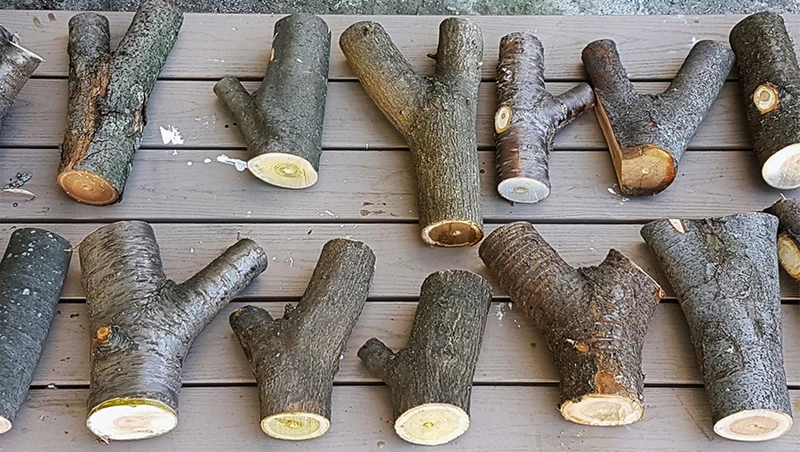
Caitlin Mueller, an associate professor of architecture and of civil and environmental engineering in the Building Technology Program at MIT, and her team focus on tree forks — that is, spots where the trunk or branch of a tree divides in two, forming a Y-shaped piece. In architectural drawings, there are many similar Y-shaped nodes where straight elements come together. In such cases, those units must be strong enough to support critical loads.
“Tree forks are naturally engineered structural connections that work as cantilevers in trees, which means that they have the potential to transfer force very efficiently thanks to their internal fiber structure,” says Mueller. “If you take a tree fork and slice it down the middle, you see an unbelievable network of fibers that are intertwining to create these often three-dimensional load transfer points in a tree. We’re starting to do the same thing using 3D printing, but we’re nowhere near what nature does in terms of complex fiber orientation and geometry.”
She and her team have developed a five-step “design-to-fabrication workflow” that combines natural structures such as tree forks with the digital and computational tools now used in architectural design. While there’s long been a “craft” movement to use natural wood in railings and decorative features, the use of computational tools makes it possible to use wood in structural roles — without excessive cutting, which is costly and may compromise the natural geometry and internal grain structure of the wood...
MIT News: Using nature’s structures in wooden buildings



